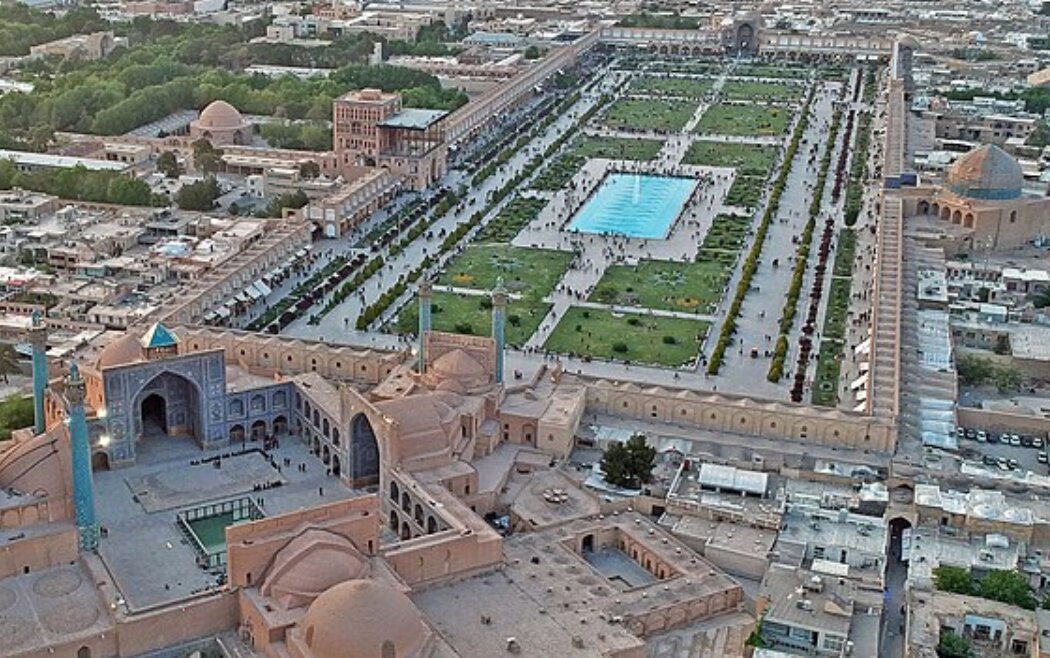INSUBCONTINENT EXCLUSIVE:
TEHRAN - Iran has launched a national plan to monitor land subsidence in and around its historical sites, according to Seyyed Hamid
Pourmohammadi, Head of the Planning and Budget Organization.Speaking at a session with senior officials from the Ministry of Cultural
Heritage, Tourism and Handicrafts on Saturday, Pourmohammadi announced the start of a joint initiative with the National Cartographic Center
to systematically track land subsidence in heritage areas, ISNA reported.He emphasized that the Planning and Budget Organization fully
subsidence in historical zones is real and growing
underscored the need to integrate modern technologies into heritage preservation efforts, suggesting the development of smart monitoring
systems, the installation of permanent surveillance cameras, and the establishment of scientific observation networks to ensure real-time
oversight of vulnerable sites.Tourism Minister Seyyed Reza Salehi-Amiri, for his part, echoed the concerns, describing land subsidence as a
cultural heritage structures and sites.Land subsidence in Iran five times global averageAvailable data suggest that the average land
subsidence in Iran is five times the global average.The average global land subsidence rate per year is about 3 centimeters, while the
average land subsidence in Iran is about 15 centimeters, according to the National Cartographic Center.Experts say the most important cause
of land subsidence is the excessive extraction of underground water
movement of earth materials is mainly caused by aquifer-system compaction, drainage, and decomposition of organic soils, underground mining,
oil and gas extraction, hydro compaction, natural compaction, sinkholes, and thawing permafrost.In 2021, Gholam-Ali Jafarzadeh, the former
head of the National Cartography Center, lamented that some 29 provinces are currently at risk of subsidence
He named two factors of climate change and human intervention as the most important factors of land subsidence in the country and noted that
it is expected that we take measures to reduce the pressure on the environment.AM
This article first appeared/also appeared in Tehran Times

